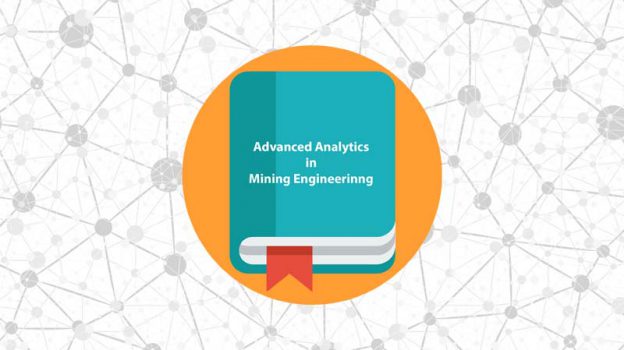
CHAPTER DESCRIPTION
Data mining and business intelligence are only beneficial if implemented thoughtfully. In logistics and supply chain management, data mining has emerged as the most important tool to integrate complex networks involved in supply chain analytics like inventory and production costs to improve core values and abilities. Hence, supply chain analytics is one of the important parts of creating a successful supply chain, as it leaves a direct impact on the company’s revenues. Big supply chain analytics uses data and quantitative methods to improve decision making for all activities across the supply chain. In particular, it does two new things. First, it expands the dataset for analysis beyond the traditional internal data held on Enterprise Resource Planning (ERP) and supply chain management (SCM) systems. Second, it applies powerful statistical methods to both new and existing data sources. This creates new insights that help improve supply chain decision-making, all the way from the improvement of front-line operations to strategic choices, such as the selection of the right supply chain operating models. Advanced Analytics is “using new mathematical approaches and tools aimed to turn data into new insights. In Supply Chain, Data Science and AI are offering tools to make the process more accurate, more reliable at reduced costs. They offer smartness in procurement (demand forecasting), in-bound logistics, inventory management (safety stock level recommendations), manufacturing (predictive maintenance), and fulfillment (optimized multi-stop routes). Although the concept of Advanced Analytics has been trending for many years, many mining companies today still struggle in understanding its meaning, envisioning the opportunities, and embracing a successful implementation. The sole role of analytics is to support decision making. Through Advanced Analytics, a supply chain can leverage more insights with more accuracy.







